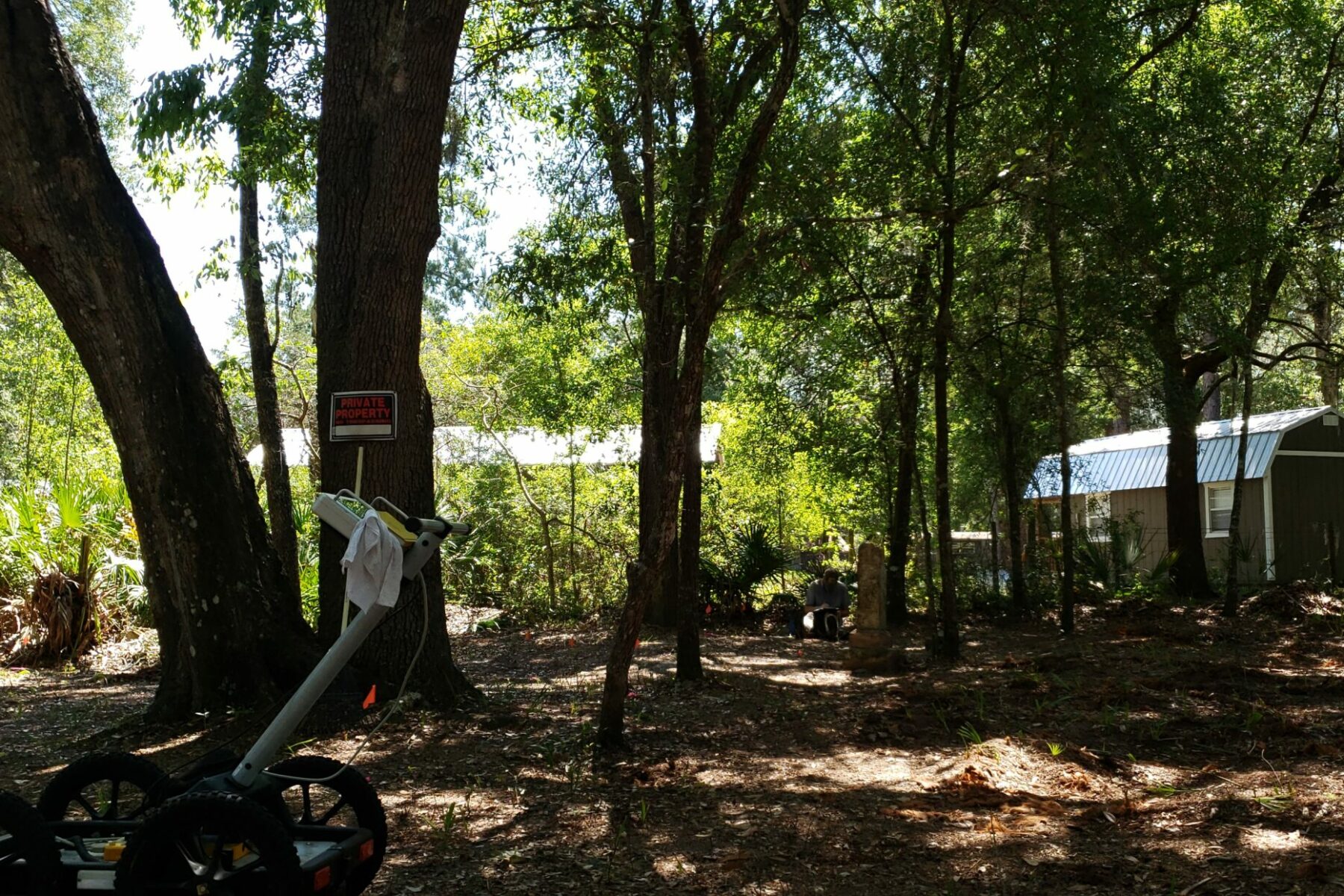This lab provides a ‘hands-on’ opportunity to explore hominin evolution using 3D models. I’ve been using a version of this lab since the fall semester of 2017 at the University of Central Florida. The lab is divided into two parts. The first portion requires students to explore 3D models of hominin fossils created and uploaded to Sketchfab. The second portion requires them to use their notes from these comparisons and complete a quiz (which can be offered in-class or online). The lab is designed specifically for introductory courses with high enrollments. My sections typically have between 150-300 students.
The purpose of this lab is to illustrate how changes in cranial anatomy relate to hominin evolution. Students learn about the relationship between specific features to better understand how these changes signal the transition from primitive (ape-like) ancestors to modern Homo sapiens. They pay attention to the cranial vault, sagittal crest, browridges, facial profile, and the size of teeth. These features are defined to them as follows:
- The cranial vault is the portion of the cranium surrounding the brain.
- A sagittal crest is a bony ridge that runs from behind the eyes toward the back of the skull.
- Browridges are the bony ridge above both eye orbits.
- The facial profile refers to, from the side view, the lower face and mouth area.
Students then complete the lab with the following steps.
Step 1: Prepare to analyze hominin fossils.
You will need to take notes comparing the above skull features between each of the species listed below. It is possible that some features may be missing (e.g., teeth). This is fine, your ultimate goal is to learn about general patterns/trends. I suggest you create a table and make notes regarding your analysis. You will be allowed to use these notes on the quiz.
Step 2: Compare pairs of hominin fossils.
I have divided the hominin species into groups based on genus: pre-australopithecines, gracile australopithecines, robust australopithecines, early Homo (<500,000 years ago), and archaic to modern Homo (500,000 to present). Use the following characteristics and values when comparing hominin pairs. Use your best judgement. Reviewing multiple examples may help you to do so. You may also consult notes from class and the textbook.
- Cranial Vault Size (small, medium, large) & Shape (elongated, rounded)
- Sagittal Crest Present or Absent
- Brow Ridges Small, Moderate, Large
- Facial Profile Prognathic, Somewhat Prognathic, Orthognathic (non-projecting)
- Canine Teeth Size (large or small) & Projecting or Non-projecting (compared to other teeth)
- Molars Size (large, medium, or small)
Here are the fossil pairs:
- Ar. ramidus (https://skfb.ly/6yXFJ) & Au. afarensis (https://skfb.ly/6zs6O)
- Au. afarensis (https://skfb.ly/6zs6O) & Au. aethiopicus (https://skfb.ly/6ztzH)
- Au. aethiopicus (https://skfb.ly/6ztzH) & Au. africanus (https://skfb.ly/6zCrT)
- Au. africanus (https://skfb.ly/6zCrT) & Au. boisei (https://skfb.ly/6zDJV)
- Au. boisei (https://skfb.ly/6zDJV) & Au. garhi (https://skfb.ly/6zDMR)
- Au. garhi (https://skfb.ly/6zDMR) & H. habilis (https://skfb.ly/6zDPU)
- H. habilis (https://skfb.ly/6zDPU) & H. erectus (https://skfb.ly/6zEx9)H
- . erectus (https://skfb.ly/6zEx9) & H. heidelbergensis (https://skfb.ly/6zFv6)
- H. heidelbergensis (https://skfb.ly/6zFv6) & H. neanderthalensis (https://skfb.ly/6zGFC)
- H. neanderthalensis (https://skfb.ly/6zGFC) & H. sapiens Idaltu (https://skfb.ly/6zHxC)
- H. sapiens idaltu (https://skfb.ly/6zHxC) & H. sapiens sapiens (https://skfb.ly/6ypyF)
As a class exercise, a series of questions are typically included asking students to discern trends stretching across the six million years covered by the above fossils.
Thanks for reading,
Ed
